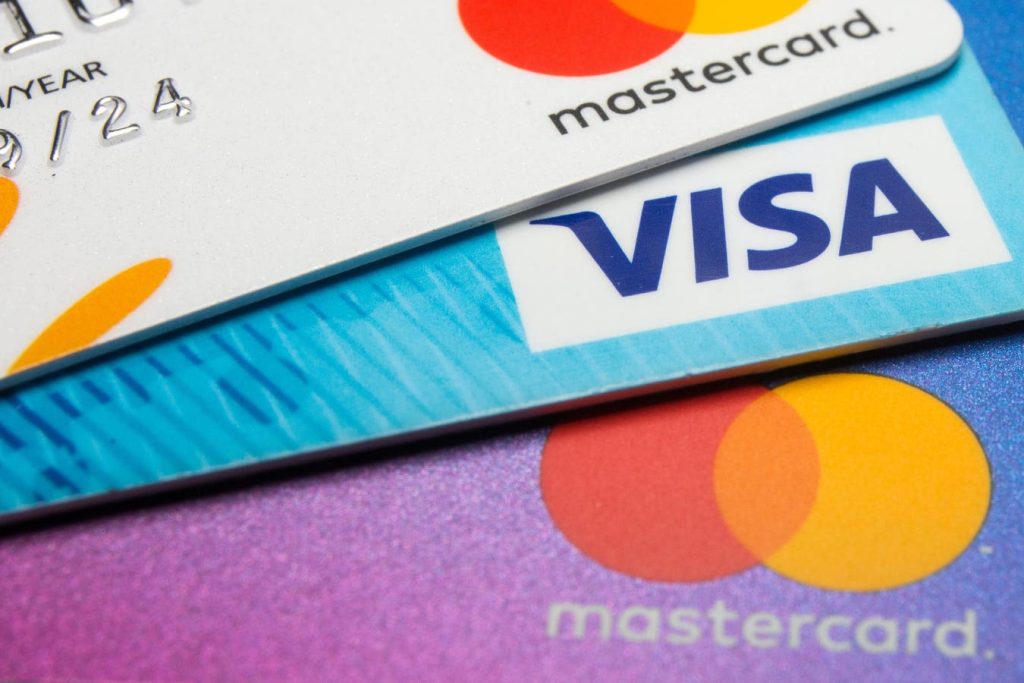Last week, Visa and Mastercard settled a 19-year-long court battle with merchants, but the outcome wasn’t entirely favorable for the retailers. They were unable to obtain the right to choose which bank cards they accepted, which was one of several changes they desired. However, the card networks did agree to reduce interchange fees by at least 0.07 percentage points for the next five years, saving merchants an estimated $30 billion over that period out of the $800 billion in projected interchange fees.
While the settlement may not have met all of the merchants’ demands, it could potentially empower larger retailers to negotiate better rates with banks and provide discounts or rewards to loyal customers. Interchange fees in the U.S. are high and vary due to the rewards offered to consumers by banks, which range from 1.18% to 3.15% depending on the card used. Despite not being able to reject certain cards, retailers can now offer discounts or rewards for specific bank cards or payment methods that are less costly for them, potentially leading to lower interchange rates.
Merchants will have the newfound ability to implement surcharges for premium credit cards and offer discounts for customers using certain bank cards that cost them less. While this may be challenging for smaller businesses, it could provide leverage for retailers to negotiate lower fees and encourage consumers to choose cheaper payment methods. The settlement did not meet all of the retailers’ key priorities, such as rejecting certain cards, forcing competition among networks for processing transactions, and ending default interchange set by Visa and Mastercard.
The settlement has the potential to lead to a shift in control of loyalty programs from banks to merchants, allowing them to design and fund rewards schemes themselves. Ecommerce merchants see opportunities to promote cheaper payment methods they have been moving towards, such as pay-by-bank, which could help develop a closer relationship with customers. By designing rewards programs that incentivize the use of alternative payment methods, merchants can reduce reliance on the card networks and engage more directly with consumers.
As merchants explore ways to incentivize consumers to use cheaper payment methods like pay-by-bank, some have already begun offering discounts for this option. Service providers like AT&T and Verizon have introduced discounts for customers using pay-by-bank for recurring payments, encouraging consumers to adopt this payment method. While pay-by-bank has yet to gain significant traction in the U.S., partnerships with companies like Stripe and JP Morgan, as well as initiatives from payment processors like Plaid, indicate a potential shift towards alternative payment methods in the future.


